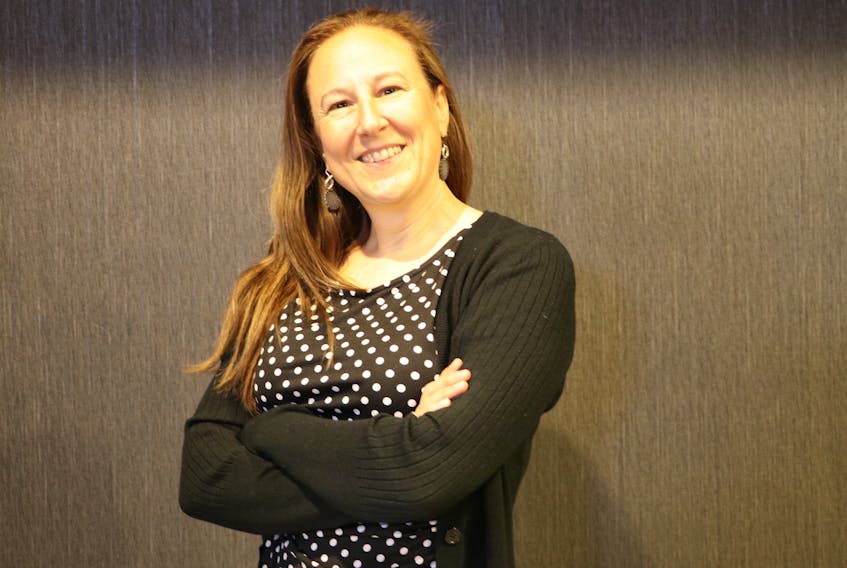It’s mid-afternoon in your office, your eyes are drowsy and you hope your co-workers didn’t notice your head sinking slowly forward before you suddenly snap it back awake.
On a construction site you are dragging yourself along, you feel physically and mentally exhausted as you try to climb the scaffold.
You lack motivation, you’re tired and you long for the day to end.
Fatigue on the job can be costly to a company and an individual employee if it results in mistakes being made. It can be costly in terms of lowered work performance and production, and — depending on the occupation — can even put the health and safety of people at risk.
Sandra Dorman, associate professor in the faculty of health and director of the Centre for Research in Occupational Safety and Health at Laurentian University in Sudbury, Ont., says while fatigue is difficult to measure or even define, it is something being talked about more often in a broad spectrum of workplaces.
“There’s a lot of things we are doing as a society that are contributing to fatigue, and we care about it because it contributes to our personal well-being or lack thereof, but in the workplace it contributes to mistakes,” Dorman said.
“I’ve actually worked with aviation, forest fire and emergency services for a number of years now because they were identifying that fatigue was one of the major contributors to their injury rates. But it’s not just in high-risk jobs. If you are in an office job you are probably making mistakes if you are fatigued, but in some of these high-risk jobs mistakes can be very costly on a personal or group perspective.”
Dorman was one of the speakers during the Newfoundland and Labrador Construction Safety Association’s annual conference last week. One subject area covered included the distractions and pressures that can interfere with a worker’s well-being and ability to concentrate while on the worksite.
Dorman noted that fatigue — when ranked as a workplace distraction — surpasses more commonly mentioned factors such as personal communications (cited by 35 per cent of professionals) and social media (cited by 19 per cent of professionals).
She said while many that contribute to personal fatigue are commonly known — such as stress, sleep loss, poor eating habits, lack of exercise — what is not often discussed is a strategy to deal with the problems.
“I joke in my talk that I’m bringing up something people already know. Usually they can say to themselves, ‘I stay up late watching Netflix,’ or, ‘I eat doughnuts every day,’ or whatever your personal challenge is,” she said. “But it’s not the knowing, it’s having a meaningful approach to managing it, and we don’t teach that a lot. We tell people, but we don’t give strategies on how you can make change, but that is the goal.
“I try to tackle fatigue from a number of different fronts. Because it is hard to define, because it is multi-factorial in nature, there’s no one solution for it. There has to be a multi-pronged approach and so I really do believe there are lots of things workplaces can do to mitigate fatigue for their workers. There are also lots of things individuals can do to mitigate their personal fatigue and, depending on the workplace or the individual, I try to approach it from both sides.”
In her presentation, Dorman touched on some strategies to help companies and workers deal with fatigue. It included how to strike a better work-life balance, foods to help combat fatigue and how to break bad habits and begin new, good habits that will help fight fatigue.
“Most people know what is contributing to their personal fatigue. People know they should eat better or go for a walk,” she said. “How do we get people to change behaviours to accomplish their goals?
“The goal in approaching this is not to say tomorrow that ‘I’m going to change 10 things.’ You want to focus on one change at a time.
“Bad habits are hard to break. Starting a new habit is easier than breaking an old habit. The rule of thumb for a change becoming a habit is least 40 days. Then you move on to making a new change.”









